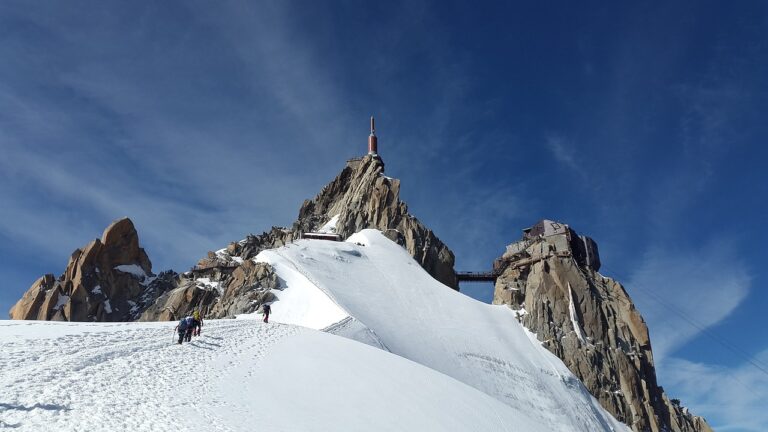How Do You Hike Uphill Backpacking?
When hiking uphill with a backpack, mastering the art of pacing is vital to conserve energy and maintain progress. Adopt a slow and deliberate rhythm, increasing speed as you acclimate to the terrain. Regular breaks are essential to rest and rehydrate, allowing for a consistent pace. Trekking poles can provide additional stability and support, while efficient pack weight distribution guarantees a more comfortable hike. By employing proper uphill hiking techniques, such as a consistent pace and shorter strides, you can tackle challenging terrain with confidence. As you refine your approach, you'll be better equipped to overcome even the most intimidating inclines.
Mastering the Art of Pacing
When tackling uphill backpacking routes, mastering the art of pacing is crucial, as it enables hikers to conserve energy, maintain a steady progress, and reduce the risk of fatigue and injury. A well-paced hike allows individuals to tackle steep inclines without exhausting themselves prematurely. To achieve a perfect pace, hikers should start with a slow and deliberate rhythm, gradually increasing their speed as they acclimate to the terrain. It's essential to listen to your body and adjust your pace accordingly, taking regular breaks to rest and rehydrate. By doing so, hikers can maintain a consistent pace, ensuring a successful and enjoyable uphill backpacking experience.
Trekking Poles: A Game Changer
In addition to mastering the art of pacing, incorporating trekking poles into your uphill backpacking strategy can substantially boost your overall hiking experience, providing additional stability and support on challenging terrain. These poles can help redistribute the weight of your backpack, taking some of the pressure off your legs and knees. They also allow for more efficient use of energy, as you can propel yourself forward with each step. Moreover, trekking poles can increase your balance and confidence on uneven or slippery surfaces, reducing the risk of falls and injuries. Additionally, by using trekking poles, you can tackle steeper inclines and longer distances with greater ease, making them an invaluable tool for any serious backpacker.
Efficient Pack Weight Distribution
Properly distributing the weight of your backpack is crucial to maintaining energy and comfort during uphill backpacking, as uneven weight distribution can lead to fatigue, discomfort, and even injury. To achieve efficient pack weight distribution, start by packing heavier items, such as food and cooking gear, at the bottom of your pack and closer to your back. This will help maintain a lower center of gravity, reducing the likelihood of tipping or losing balance. Lighter items, like clothing and sleeping gear, should be placed towards the top and away from your back. Additionally, consider using compression sacks and packing cubes to keep gear organized and evenly distributed. By following these guidelines, you can guarantee a more comfortable and energy-efficient hike.
Uphill Hiking Techniques to Know
Your uphill hiking technique can make all the difference in tackling challenging terrain, as a well-executed approach can conserve energy, reduce fatigue, and boost overall hiking efficiency. To master uphill hiking, adopt a consistent, rhythmic pace that allows you to maintain a steady heart rate. Keep your center of gravity over your feet by leaning forward slightly, which helps distribute the weight of your pack more evenly. Take shorter, more deliberate strides, and avoid overstriding, which can put excessive strain on your legs and knees. Additionally, use trekking poles to help with balance and propulsion, and consider adopting a "rest step" technique, where you pause briefly between each step to recover and recharge.
Conquering Steep Inclines Safely
When faced with steep inclines, a strategic approach becomes vital to guarantee a safe and successful ascent, as even the most experienced backpackers can find themselves vulnerable to slipping, falling, or exhaustion. To conquer steep inclines safely, adopt a slow and deliberate pace, taking regular breaks to reassess and rehydrate. Utilize trekking poles if necessary, and always maintain three points of contact with the ground, whether it be two feet and one hand or two hands and one foot. Avoid overexertion by breaking the incline into manageable sections, and consider alternative routes if the terrain becomes too hazardous. By prioritizing caution and control, you can overcome even the most intimidating inclines and reach your destination safely.


